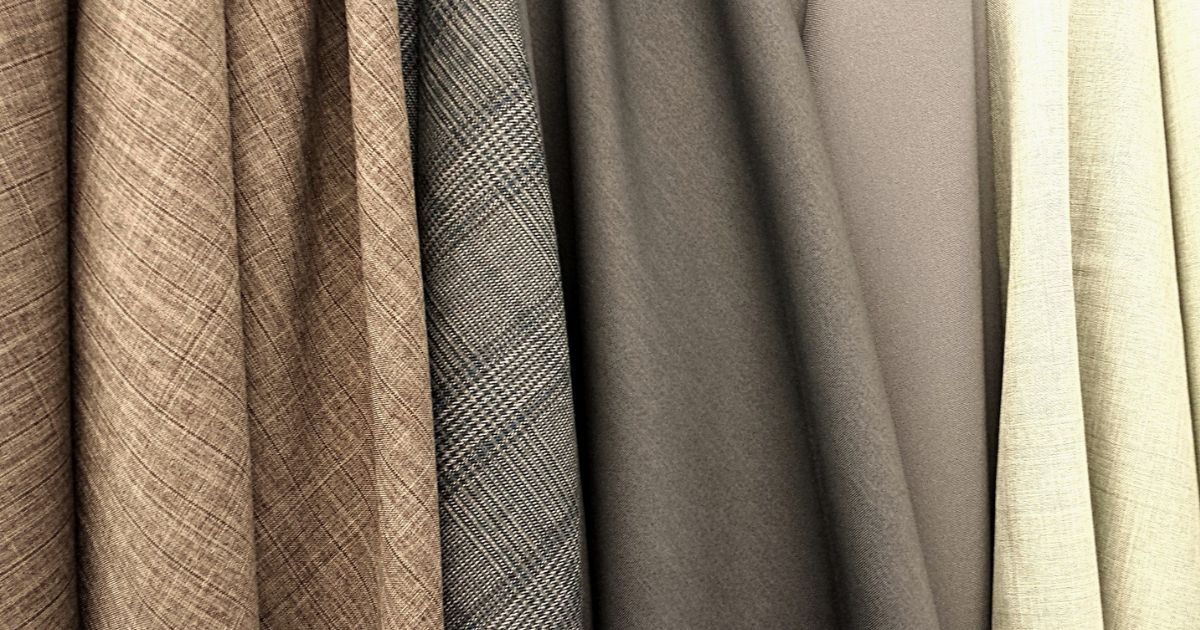Modern Textile Designing: A Graphics-Driven Approach
In today’s rapidly evolving fashion and textile industry, the role of digital graphics has become increasingly crucial. Modern Textile designing now leans heavily on graphic techniques to create innovative and precise patterns that resonate with current trends and consumer demands. At the forefront of this transformation is the Echelon Design Master Institute, which offers a unique approach to mastering Textile design through its comprehensive course, “Modern Textile Designing: A Graphics-Driven Approach.”
The Evolution of Textile Designing
Textile designing has evolved from traditional hand-drawn patterns to intricate digital compositions, thanks to advancements in technology. The integration of graphic design tools has expanded the possibilities in creating seamless patterns, dynamic prints, and engaging textures. What was once confined to manual methods is now powered by graphic software, enabling designers to experiment with endless variations of colors, textures, and effects.
With a graphics-driven approach, textile designers can now push the boundaries of creativity, designing fabrics that are more personalized, innovative, and aligned with market needs. This modern process streamlines the creation of bold, vibrant patterns that enhance the visual appeal of fabrics in fashion, home décor, and industrial textiles.
Key Concepts in Modern Textile Design
The course at Echelon Design Master Institute is structured to provide a deep understanding of how graphic design principles can be applied effectively in textile designing. Students learn to merge traditional textile techniques with cutting-edge digital tools, making their designs both functional and visually captivating. Here are some core concepts the course focuses on:
- Color Theory and Application: Color is fundamental in textile design, and understanding how to manipulate color digitally can create stunning effects. The course teaches color harmonies, contrasts, and the psychology of color in design, all of which are essential for creating impactful fabrics.
- Pattern Creation and Repeats: In textile design, patterns play a vital role. Whether for fashion or home textiles, seamless repeats and motifs are key to ensuring design continuity. The graphics-driven approach taught at Echelon focuses on mastering repeat techniques to ensure flawless pattern integration across fabric surfaces.
- Texture and Surface Design: The tactile quality of textiles is as important as the visual. Through graphic design software, students learn how to simulate textures and develop surface designs that give fabrics their unique appeal, whether smooth, rough, glossy, or matte.
- Digital Illustration: Modern textile designers must be proficient in illustrating designs digitally. This involves mastering vector graphics and raster images to create versatile and scalable designs that can be used across various textiles.
Graphics Tools for Textile Designing
The digital tools used in modern textile design are pivotal in executing creative ideas with precision. Textile designers often utilize industry-standard graphic software like Adobe Photoshop, Illustrator, and CorelDRAW. These platforms allow for fine-tuning designs, testing different color schemes, and visualizing the final outcome on fabric before production.
At Echelon Design Master Institute, students are trained on these tools and taught how to manipulate design elements to achieve high-quality, professional results. By the end of the course, students are proficient in both the technical and creative aspects of graphic-driven textile design.
Industry Applications and Career Prospects
Modern textile designing is applied across various industries, including fashion, home furnishings, and technical textiles. The graphics-driven approach enables designers to cater to a global market with customized patterns, sustainable practices, and innovative designs.
The course by Echelon Design Master Institute prepares students to enter these diverse fields, empowering them to become industry leaders who bring new perspectives to textile design. Graduates from the program are equipped with a portfolio that showcases their ability to fuse technology with creativity, making them highly sought-after professionals in today’s digital age.
Conclusion
As the textile industry continues to embrace digital technology, a graphics-driven approach is essential for any designer looking to stay ahead. With the guidance of the Echelon Design Master Institute, aspiring designers are given the tools and knowledge to navigate this exciting field, merging traditional artistry with modern precision. Textile designing in the digital age is no longer just about fabric—it’s about transforming ideas into visual masterpieces that capture the spirit of innovation.







